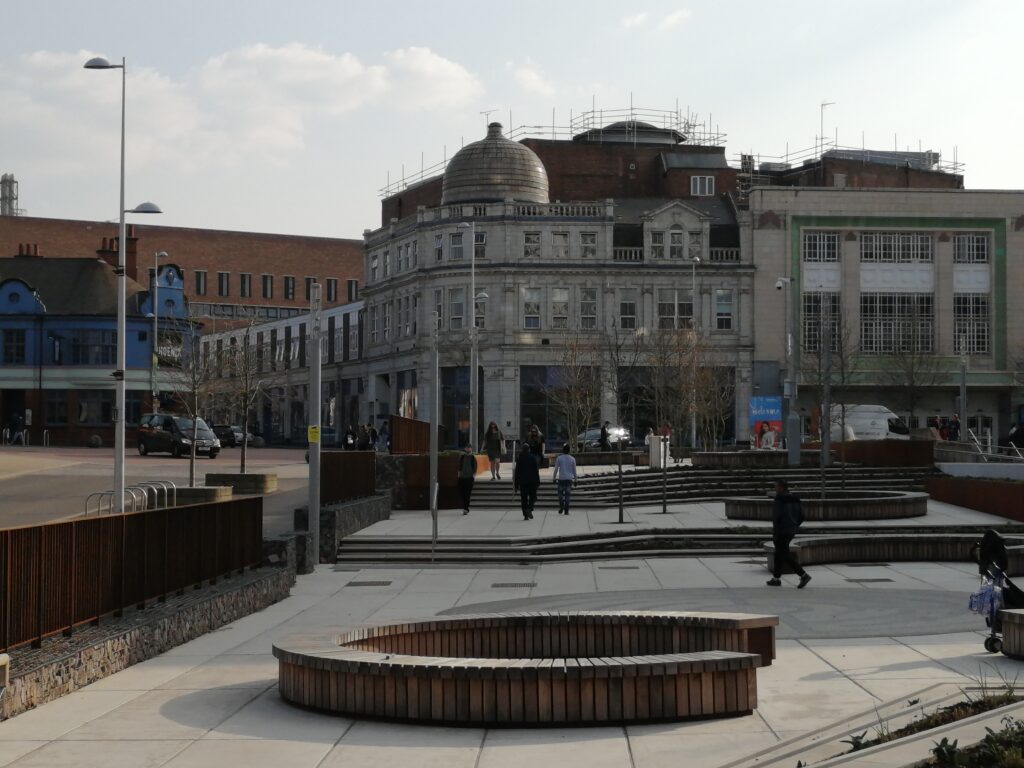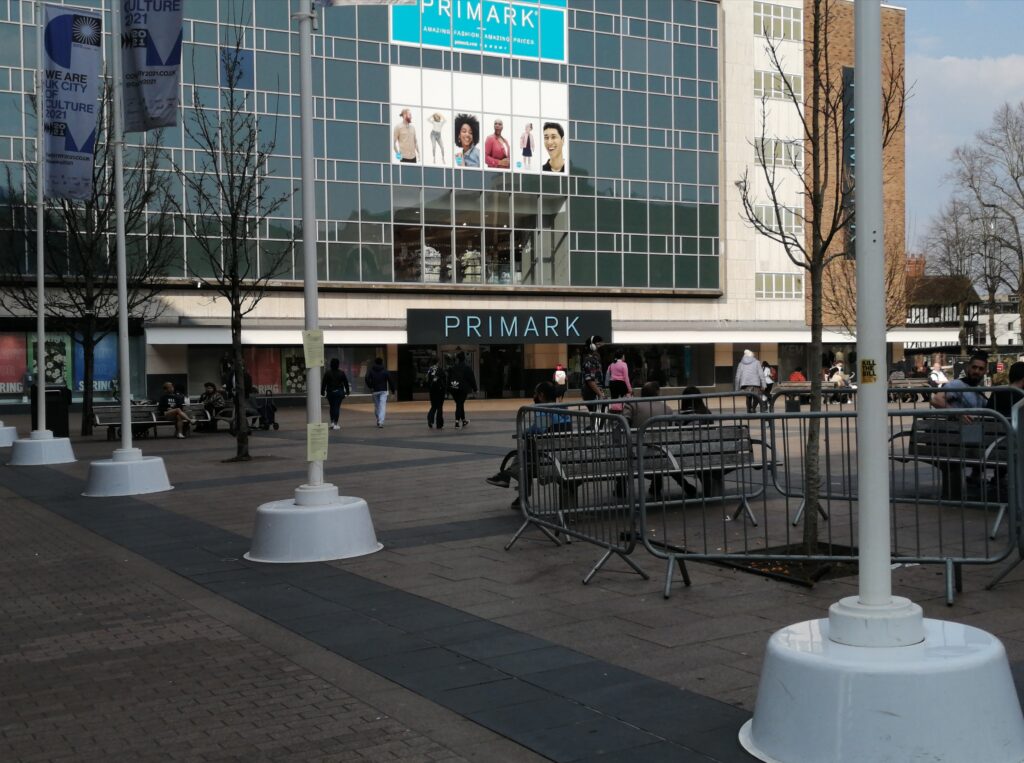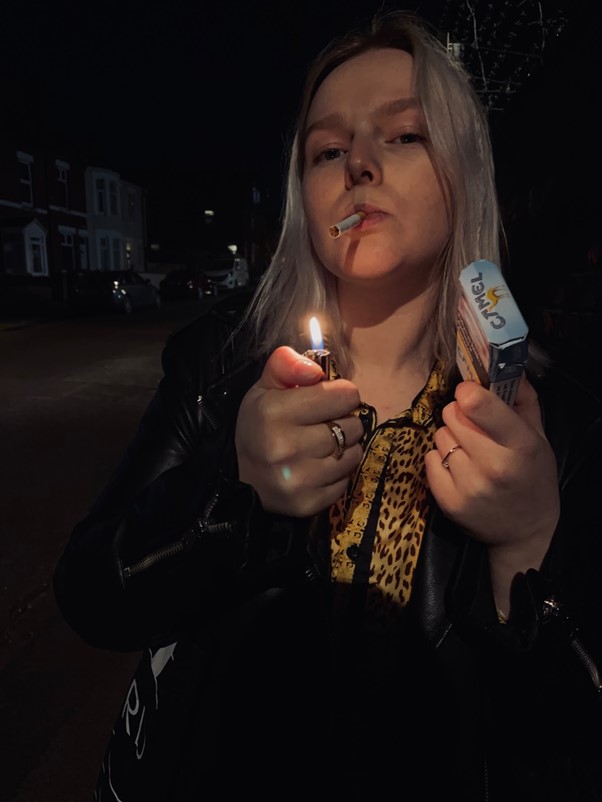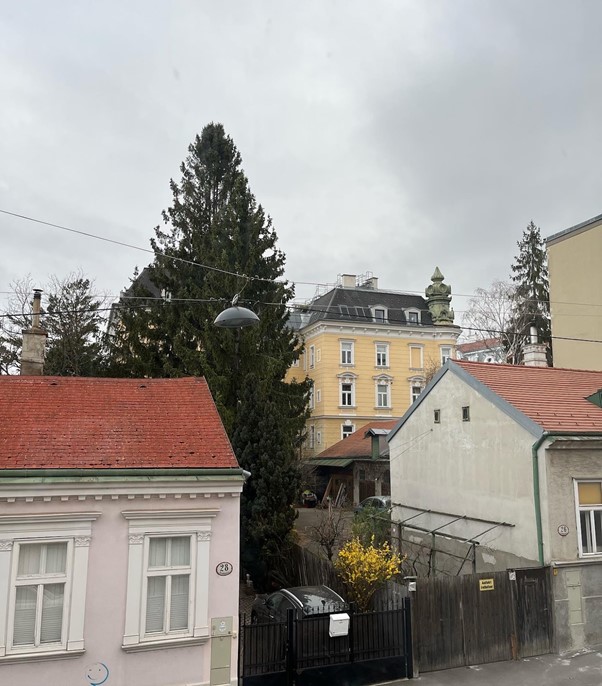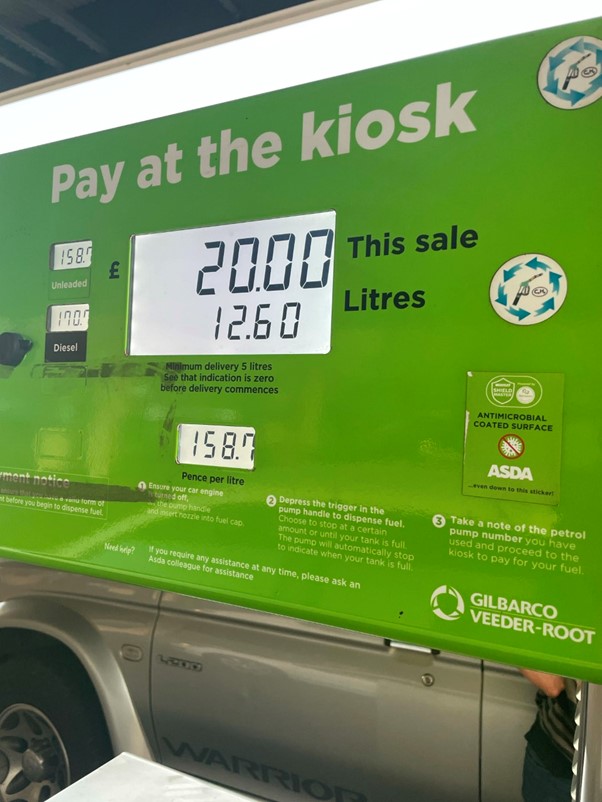280mapa – Podcast for Cultural Geographies within Encanto
Podcast:
Post Digital Cultural Geography in Encanto Podcast.m4a
Podcast Script:
[Hello and Welcome to the Post Digital Nations: Systems and Networks Podcast. Here I discuss and analyse different theories and concepts within the world of media’s post digital era. Where I am your host Freya and today, we will be diving into the fascinating concept of cultural geographies and identities within the highly popularised and beloved animated Disney film: Encanto.]
To introduce Encanto we are shown a Columbian family that are magical and struggling to keep their household together, so this film takes the audience on an experience of how the family cope with change and their flaws to end up coming together. Disney does an unbelievably great job of representing the culture of Columbia in a way that shines a positive light on a country that is often stereotyped as violent and instead shows the country as what it is, which is a beautiful landscape. Disney demonstrates and represents this family in a colourful and bright way that gives the film this classic whimsy Disney aspect to it but within this still shows respectfulness in representing such a gorgeous and extensive culture.
Cultural geography can be a highly important subject when it comes to very human experiences involving identity, culture and interactions that we experience as human beings due to the place that we are in and travel too. Cultural geography is made up of space, place and landscapes. The theory consists of meanings within spaces to create places and therefore creates a range of different cultures which are composed of these everyday interactions and meanings within these specific places. This involves human geography, which is how people have a relationship with places and human interactions with the environment which can be comprised of health, community, identities, meanings and the idea that ‘place can be central to forms of struggle and resistance too’ (Cresswell 2014).
So, when we as people take these concepts into account it can apply heavily to our lives and history. This can be applied to films and media texts as well, due to the fact that there are a range of different identities, cultures and places represented within media and Disney’s Encanto is one of these many media texts that demonstrate the advantage of cultural representation within the media industry.
Encanto shows a representation of Columbian culture and based on how a range people’s identities are built around this vast culture within Columbia. So, if we look at Columbia as the place, and more specifically at the house in which the family live in ‘Casa Madrigal’ as this house that has almost become a member of the family despite it not being a living breathing person and within the film is held as a major part of family and this space is created with deep rooted meaning of family and importance.
Looking at the main theorists behind cultural geography Cresswell defines place as ‘spaces that people have made meaningful or have attached to in some way’ which is one of the major aspects of the film Encanto as the Madrigal family has created deep meanings and traditions using their magical home and shows the idea that within Columbia’s culture, they tend to have a very strong attachment to their childhood home and this therefore has follows the cultural traditions set within a particular place.
Other theorists such as Andrew Jones look at how identities and people can change when put into different and diverse cultures and spaces, Jones theorised that, ‘how things exist in space, how features of the social world change across spaces and the difference that places make to the nature of human existence.’ (Jones, 2012) which can be shown when you compare the family within Encanto with other famous families, especially from other Disney shows such as the film Brave’s family or Rivera family from Coco and both of these different diverse families both have a completely different dynamic and lifestyle to that of the Madrigal family which demonstrates that completely different places can have such a vast difference in identities due to their cultures and how these places and landscapes could affect one’s life experiences and interactions.
Along, with this Andrew Jones when talking about Human Geography gave across the idea that landscapes and culture are concepts that ‘exist in a world outside of human meaning’ (Jones, 2012) which suggests that even through the landscape of this film played a huge role in creating and inspiring the film, this landscape can and does exist without human meaning.
Encanto shows us, as an audience, a positive and beautiful representation of this culture, along with the identities that are within this place. They show how the different family members have different expectations, flaws and interactions with each other that make up what we see as each character’s experience within their environment and their family, and within this film they enhance this by making the place, the Casita, react and have some form of a personality around the family. The house is such a major part of the film and has rooms that represented each family members personality and identity.
The Columbian culture and identities using clothing, food, the village community, decorations, actors/actresses involved within making up this film and demonstrating how these identities play a part into creating this loveable and entertaining film. These aspects link extremely to the concept of identity, culture and how our identity is affected by and made up by the place we are in.
With the fact that Encanto became such a massive film within the past year it has made massive strides in showing a representation of the Columbian culture and creating these adored characters that people can watch and see more characters that look like them or have grown up in similar situations than them, such as: with a big family, generational trauma or even just having one character that personally can connect with a range of different audiences. The film gained high amount of traction with both its fantastic cast and remarkable soundtrack with “We don’t talk about Bruno” over taking Disney’s frozen as No. 1 on the Billboard Hot 100 and the fact that the film also got nominated for the Oscars in two categories. Which demonstrates that not only did Disney do a successful job at creating such a meaningful and grand film but they also successfully, in a positive way, a represented of culture as well as a range of identities that are often either highly unrepresented or often represented in a negative light.
When we look at ‘cultural geographies, we argue, also link such ideas and imaginations with our changing material world’ (Atkinson, D, Jackson, P, Sibley, D & Washbourne, N. 2005) which means that a lot of what we do with our identity and with the culture we have been in could affect the place we are in today and how we view particular things within our everyday life interactions, such as: what media we consume, how we interact with those around us and most likely who we end up creating relationships with.
So, does Encanto influence people’s views and ideologies towards the culture of Columbia in a positive way? This honestly is a step into creating more positive representation within media and especially within media that is very often consumed by such a mass audience. Which I believe makes Encanto a great film for both representing culture and for demonstrating the idea of both an audience and a family making so much meaning out of a place. This could also be linked to other themes such as digital geographies and media ecology as well due to the film demonstrating the idea of getting a positive message across to an audience and having mass amount of success due to the use of social media and contributing towards the ‘message is the medium’ (McLuhan, 1962).
[So, to wrap up and conclude this podcast] Encanto has made great represented in the idea of space, landscape and place in unique ways and has enriched their audience with wonderful cultural landscapes and representations of a real Columbian culture experience, that is also rich with a beautiful setting and scenery. The film has captivated its audience through this rich and full storyline and culture. This created a brightly positive amount of representation of a range of identities and demonstrates many of these cultural geography concepts in a range of different ways, so I would recommend this for any audience that has yet to see this film as it is enriched with a fun cast of characters with Columbian voice actors and has an enjoyable plot for a range of different target audiences to appreciate. [Thank you so much for joining this and listening into this podcast.]
Referencing:
Atkinson, D., Jackson, P., Sibley, D., & Washbourne, N. (2005). Cultural Geography. I.B.Tauris & Co Ltd. http://uilis.unsyiah.ac.id/oer/files/original/f434530b3275ce7cffea6cb534ebb16f.pdf
Caulfield, K. (2022). ‘Encanto’ Soundtrack Has Most Weeks at No. 1 in Nearly a Year on Billboard 200. Billboard. https://www.billboard.com/music/chart-beat/encanto-soundtrack-tops-billboard-200-most-weeks-year-1235036773/
Cresswell, T. (2014a). Defining Place in Place. ProQuest Ebook Central. https://files.coventry.aula.education/ce980315f83da93d9cb62306de166a61creswell___defining_place_in_place___an_introduction.pdf
Jones, A. (2012). Human Geography: The Basics. ProQuest Ebook Central,. https://files.coventry.aula.education/b6a3641cd1074a3cd3ab9454ba8e80e1jones___introduction__human_geography___the_basics.pdf
Mead, G. H. (1934). Mind, Self, and Society. The University of Chicago Press. http://tankona.free.fr/mead1934.pdf
McLuhan, M. (1964). The Medium is the Message. Understanding Media: The Extensions of Man. https://web.mit.edu/allanmc/www/mcluhan.mediummessage.pdf
Wahl, S., & Scholl, J. (2014). Culture and Identity. Kendall Hunt Publishing. https://he.kendallhunt.com/sites/default/files/uploadedFiles/Kendall_Hunt/Content/Higher_Education/Uploads/Wahl_Scholl_1e_Ch3.pdf
Weigert, A. J. (1986). Society and Identity. Cambridge Core. https://www.cambridge.org/core/books/society-and-identity/20D814C45EA9979E97BB41635715FC9A
Word Doc Version:
Cultural Geographies and Identities within Encanto (1).docx
PDF:
Cultural Geographies and Identities within Encanto.pdf


